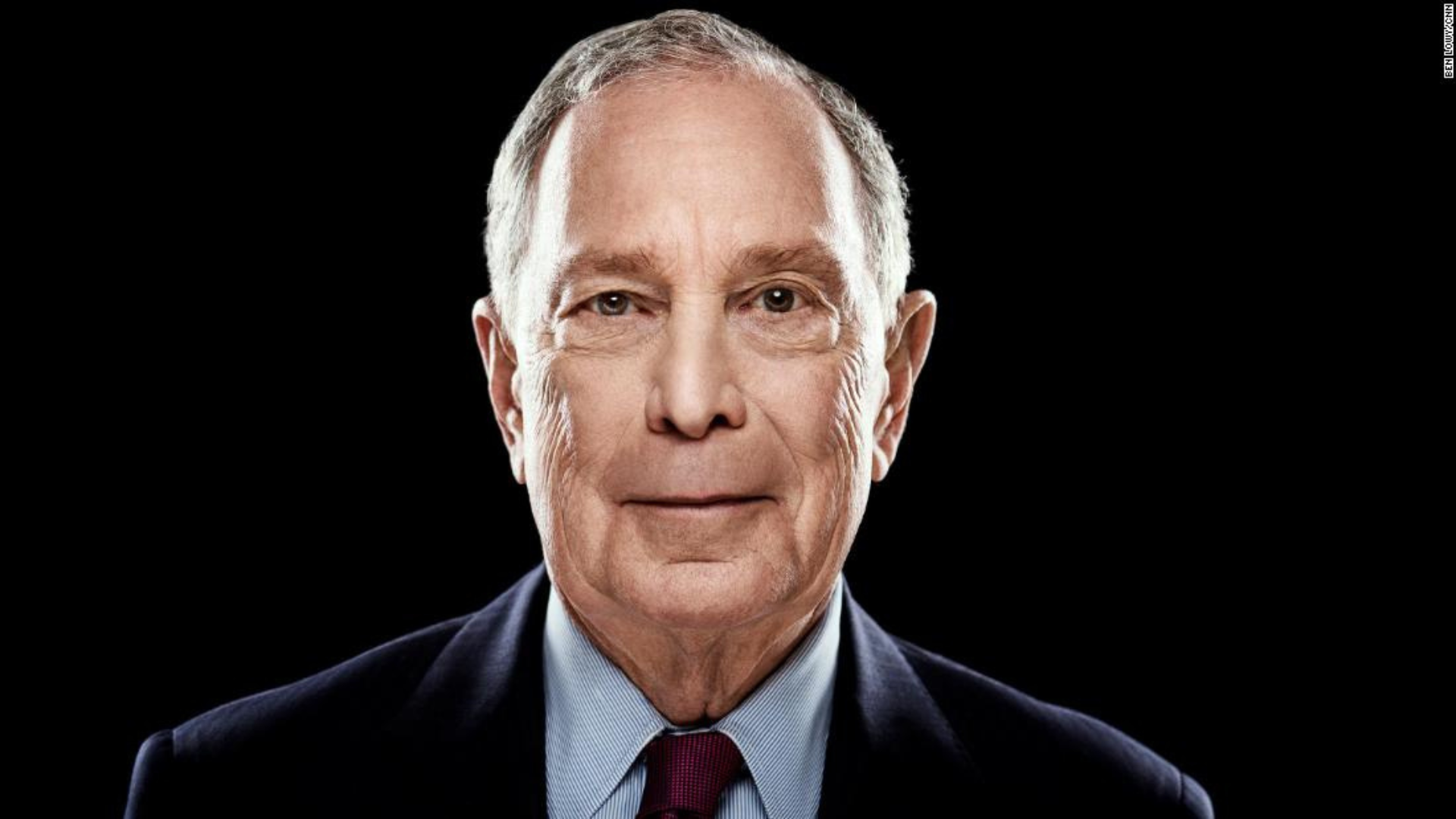Billionaires, with their vast resources and keen business acumen, often wield investment portfolios that serve as blueprints for wealth generation and preservation. These portfolios, carefully crafted through strategic allocation and astute decision-making, offer valuable insights into the minds of the world’s financial elite. Let’s delve into the components, strategies, and lessons embedded within the billionaire investment playbook.
Diversification: The Pillar of Stability
At the heart of many billionaire investment portfolios lies a commitment to diversification. By spreading investments across different asset classes, industries, and geographic regions, billionaires mitigate risk and enhance resilience against market volatility. Equities, fixed income securities, real estate, and alternative investments feature prominently, each serving specific purposes within the overall portfolio construction.
Long-Term Vision: Patience as a Virtue
Billionaires often exhibit a long-term investment horizon, eschewing short-term fluctuations in favor of sustained growth and value creation. Iconic investors like Warren Buffett and Charlie Munger exemplify this approach, favoring fundamentally sound businesses with durable competitive advantages. Such investments not only provide steady returns over time but also withstand economic downturns and market turbulence.
Strategic Asset Allocation: Balancing Risk and Reward
Strategic asset allocation forms the bedrock of billionaire investment strategies, guiding decisions on how to allocate capital across different asset classes. While equities offer the potential for high returns, fixed income securities provide stability and income generation. Real estate and alternative investments, including private equity and hedge funds, offer diversification and potential for outsized gains.
Opportunistic Investing: Seizing the Moment
Billionaires possess a keen ability to identify and capitalize on investment opportunities as they arise. Whether it’s distressed assets during market downturns or emerging trends in technology and innovation, billionaires leverage their resources and networks to position themselves advantageously. Moreover, they often adopt contrarian viewpoints, investing in areas overlooked or undervalued by the broader market.
Philanthropic Investments: Beyond Profit
Beyond wealth accumulation, many billionaires allocate a portion of their portfolios towards philanthropic endeavors. Impact investing, social enterprises, and charitable foundations serve as vehicles for billionaires to drive positive change and address pressing social and environmental challenges. These investments yield both financial returns and societal benefits, reflecting a broader commitment to corporate social responsibility and sustainable development.
Lessons for Aspiring Investors
While billionaire investment portfolios may seem out of reach for the average investor, there are valuable lessons to be gleaned from their strategies and philosophies:
- Diversification is key: Spread investments across different asset classes to manage risk and enhance long-term returns.
- Think long-term: Focus on quality businesses with strong fundamentals and competitive advantages, and maintain a patient investment horizon.
- Stay strategic: Develop a well-defined asset allocation strategy that aligns with your financial goals and risk tolerance.
- Be opportunistic: Keep an eye out for investment opportunities that others may overlook, and don’t be afraid to take contrarian positions when warranted.
- Invest with purpose: Consider the societal and environmental impact of your investments, and explore opportunities to align your portfolio with your values and beliefs.
In conclusion, billionaire investment portfolios offer a wealth of insights and lessons for investors of all backgrounds. By embracing principles of diversification, long-term vision, strategic allocation, and opportunistic investing, individuals can navigate the complexities of the financial markets and work towards building resilient and sustainable wealth over time.




